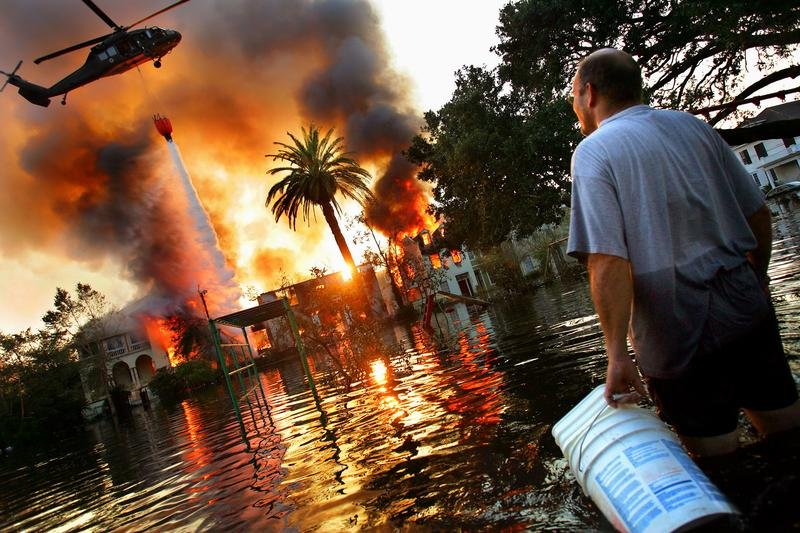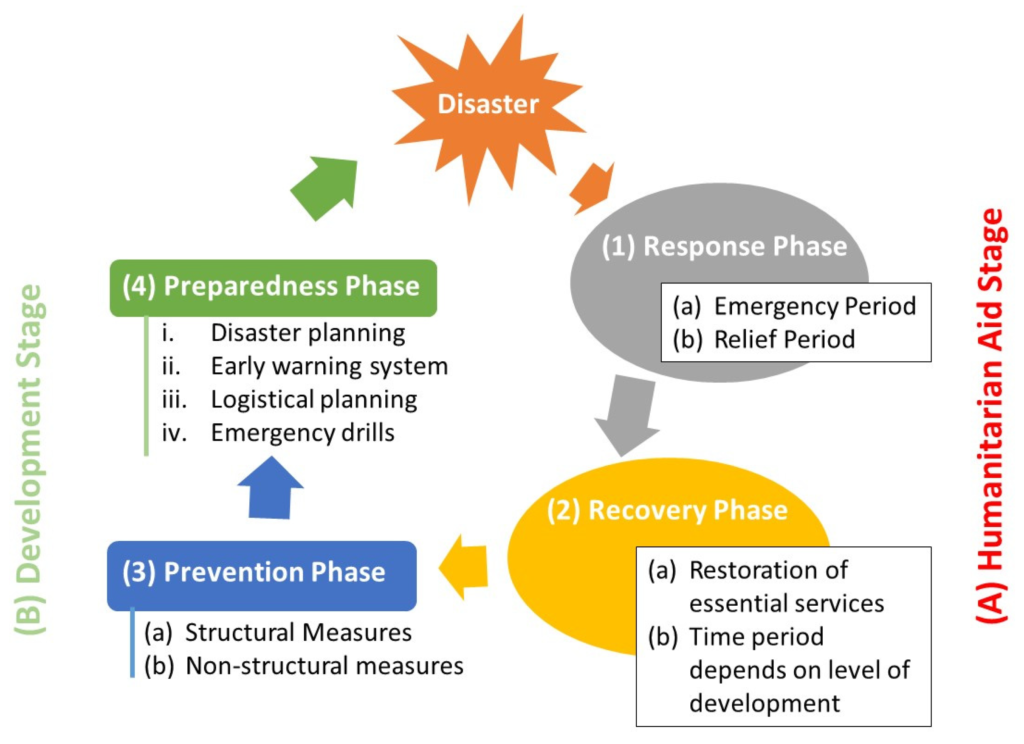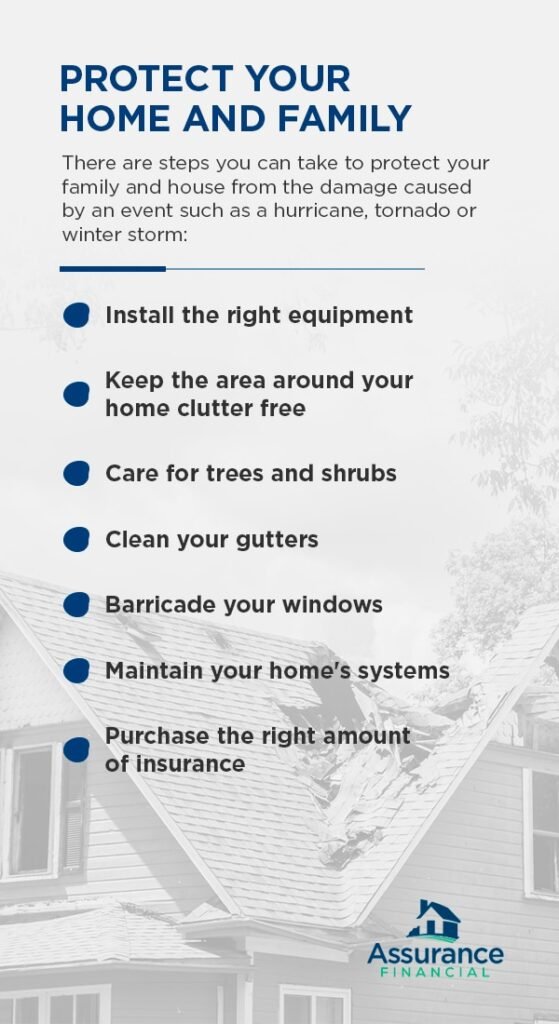Are you wondering how to be ready for natural disasters or emergencies in urban settings? It’s always important to be prepared for any unexpected situations that may arise, and urban areas can present their own unique challenges. In this article, we will explore different steps you can take to ensure your safety and well-being during such circumstances. From creating a disaster plan to stocking essential supplies, you will learn valuable tips and strategies to help you navigate through any crisis that may come your way. Stay tuned and get ready to be prepared!
Curious to know more? In this article, we will delve into various aspects of preparing for natural disasters or emergencies in urban settings. You will discover the importance of having a well-thought-out emergency plan, including communication strategies and evacuation routes. We will also discuss the significance of having emergency supplies readily available, such as food, water, and first aid kits. Additionally, we will explore the benefits of knowing your urban environment, including the location of nearby emergency shelters and potential hazards. So, whether you’re new to urban living or simply looking to enhance your emergency preparedness, this article will equip you with the knowledge and resources you need to face any unexpected situation head-on. Stay tuned for valuable insights and practical advice! Living in an urban area comes with its own set of challenges, and being prepared for natural disasters and emergencies is crucial for your safety and well-being. Understanding the risks, creating an emergency plan, assembling an emergency kit, securing your home, staying informed, promoting community preparedness, knowing how to evacuate, managing post-disaster recovery, and learning from past experiences are all essential steps in being prepared for the unexpected. In this article, we will guide you through each of these steps to help you better protect yourself and your community.
Understanding the Risks
The first step in preparing for natural disasters and emergencies is to understand the specific risks associated with urban areas. While natural disasters can occur anywhere, urban areas are often more susceptible to certain types of disasters due to factors such as population density, infrastructure, and environmental factors. Some common disasters that urban areas may face include hurricanes, earthquakes, floods, and wildfires.
Identifying potential disasters in urban areas
Research and educate yourself on the types of disasters that are most likely to occur in your specific urban area. Contact local emergency management agencies or visit their websites to gather information about the potential risks in your region. Understanding the specific threats you may face will help you tailor your emergency preparedness efforts accordingly.
Assessing the vulnerability of your location
Once you are aware of the potential disasters in your area, assess the vulnerability of your location. Consider factors such as proximity to bodies of water, flood zones, earthquake fault lines, or areas susceptible to wildfires. Understanding the vulnerabilities of your location will allow you to take proactive steps to mitigate risks and protect your home.
Understanding the specific challenges of urban disasters
Urban areas have unique challenges when it comes to disaster preparedness. Limited space, population density, and complex infrastructure can make evacuation and response efforts more challenging. Familiarize yourself with the specific challenges associated with urban disasters so that you can address them in your emergency plan.
Creating an Emergency Plan
Having a well-thought-out emergency plan is essential for responding efficiently and effectively during a crisis. Your emergency plan should outline the necessary steps to take before, during, and after a disaster. It should include communication strategies, evacuation routes, designated meeting points, and protocols for pets and vulnerable individuals.
Establishing a communication plan with family and friends
During a disaster or emergency, communication is crucial. Establish a communication plan with your family and friends to ensure that everyone knows how to reach each other in case of separation. Designate an out-of-area emergency contact who can relay messages between family members if local communication is disrupted.
Identifying safe evacuation routes
In an urban area, it’s important to identify multiple safe evacuation routes. Consider alternate routes in case the primary ones are blocked or inaccessible. Familiarize yourself with evacuation routes provided by local authorities and map out additional options that you can rely on if needed.
Designating a meeting point for reunification
Choose a designated meeting point where you and your family or friends can reunite after evacuating. It should be a location that is easily accessible and unlikely to be affected by the disaster. Make sure everyone in your family or group knows the meeting point and how to get there.
Developing a plan for pets and vulnerable individuals
Don’t forget to include your pets and vulnerable individuals in your emergency plan. Make arrangements for their care and evacuation, if necessary. Identify pet-friendly shelters or boarding facilities in your area and have supplies ready for your pets, such as food, water, medication, and carriers. Consider the specific needs of elderly or disabled individuals and ensure that their needs are addressed in your plan.

This image is property of media.wnyc.org.
Assembling an Emergency Kit
Having an emergency kit ready to go is essential for staying self-sufficient during a disaster or emergency. Your emergency kit should contain essential supplies, important documents, first-aid materials, and tools for communication and lighting.
Gathering essential supplies (food, water, medication)
Stock your emergency kit with at least three days’ worth of non-perishable food and water for each person in your household. Choose foods that are easy to prepare and consume without electricity. Don’t forget to include necessary medications, as well as supplies for personal hygiene and sanitation.
Including important documents and cash
Keep copies of important documents such as identification, insurance policies, medical records, and contact information in a waterproof container. It’s also a good idea to have some cash on hand, as ATMs and card readers may not be operational during a disaster.
Packaging a first-aid kit and necessary tools
A well-equipped first-aid kit is essential in an emergency. Include bandages, antiseptics, medicines, and any necessary prescription medications. Additionally, pack necessary tools such as a flashlight, batteries, a multi-tool, and a battery-powered or hand-crank radio.
Preparing emergency lighting and communication devices
Power outages are common during disasters, so it’s important to have alternative lighting and communication devices. Include flashlights and extra batteries in your emergency kit. Portable chargers or hand-crank charging devices for your phone can also be valuable in staying connected with others.
Securing Your Home
In an urban area, securing your home is crucial to protect yourself and your belongings during a disaster. Take steps to reinforce doors and windows, secure heavy furniture, and prepare for potential hazards such as fires or gas leaks.
Reinforcing doors and windows
Consider reinforcing your doors and windows to make them more resistant to damage. Install storm shutters or use plywood to protect windows. Reinforce entry doors with deadbolt locks and reinforce sliding glass doors with bars or dowels.
Securing heavy furniture
In the event of an earthquake or strong winds, heavy furniture can pose a threat. Secure heavy furniture, such as bookshelves and cabinets, to the wall using brackets or straps. This will prevent them from falling and causing injury during a disaster.
Installing smoke and carbon monoxide detectors
Smoke and carbon monoxide detectors are essential for early warning and can save lives in the event of a fire or gas leak. Install detectors on each level of your home, especially near sleeping areas. Test them regularly and replace batteries as needed.
Inspecting and maintaining utilities
Regularly inspect and maintain your utilities to prevent potential risks during emergencies. Check gas lines for leaks, ensure electrical systems are in good condition, and maintain proper ventilation in your home. Repair any issues promptly and efficiently to minimize risks.

This image is property of www.mdpi.com.
Staying Informed
Being informed during a natural disaster or emergency is crucial for making informed decisions and staying safe. Stay updated on the latest information through local emergency alerts, news and weather updates, and smartphone apps specifically designed for emergency information.
Signing up for local emergency alerts
Sign up for local emergency alerts to receive real-time updates and information about disasters or emergencies in your area. These alerts can be sent via text message, email, or through smartphone apps. Contact your local emergency management agency to find out how to enroll in these alerts.
Monitoring news and weather updates
Stay informed about the situation through news and weather channels. Watch for updates on potential risks, evacuation orders, road closures, and other important information related to the disaster or emergency. Keep a battery-powered or hand-crank radio on hand for access to news updates.
Utilizing smartphone apps for emergency information
Many smartphone apps are available that provide valuable information and updates during emergencies. These apps can provide real-time weather alerts, emergency contact information, evacuation routes, and safety tips. Download and familiarize yourself with these apps before a disaster occurs.
Community Preparedness
Preparing as a community is just as important as individual preparedness. Take an active role in community disaster preparedness initiatives, participate in local emergency response training, and consider forming or joining a neighborhood emergency preparedness group.
Participating in local emergency response training
Many communities offer emergency response training programs. Take advantage of these opportunities to learn essential first aid and emergency response skills. These trainings will help you be better prepared to help yourself and others in times of crisis.
Getting involved in community disaster preparedness initiatives
Support and participate in community disaster preparedness initiatives. Volunteer with local organizations involved in disaster response and recovery efforts. These initiatives can provide valuable resources, information, and support during and after a disaster.
Forming or joining a neighborhood emergency preparedness group
Consider forming or joining a neighborhood emergency preparedness group. These groups help foster a strong sense of community and can provide support and assistance during emergencies. They can also improve communication and coordination among neighbors when disaster strikes.

This image is property of unitar.org.
Emergency Evacuation
Knowing when and how to evacuate is essential for your safety. Stay aware of evacuation orders and warnings, prepare a “go bag” with essential items, and ensure you have reliable transportation arrangements in place.
Knowing when to evacuate
Stay updated on evacuation orders and warnings issued by local authorities. Pay attention to news updates, emergency alerts, and official announcements. If the situation warrants, don’t hesitate to evacuate when instructed to do so. Your safety should always be the top priority.
Preparing a ‘go bag’ with essential items
Prepare a “go bag” with essential items that you can quickly grab in an emergency. This bag should contain important documents, a change of clothes, a flashlight, batteries, a first-aid kit, medications, food, water, and personal hygiene items. Keep the bag in an easily accessible location.
Following evacuation routes and instructions
When evacuating, follow designated evacuation routes provided by local authorities. Avoid shortcuts or unfamiliar routes, as they may lead to unsafe conditions. If you have pets or vulnerable individuals with you, follow any specific instructions for their safety and well-being.
Ensuring transportation arrangements
Make sure you have reliable transportation arrangements in place in case you need to evacuate. Identify multiple modes of transportation, such as personal vehicles, public transportation, or arrangements with friends or family. If you don’t have a personal vehicle, make sure you know the evacuation procedures for your area.
Post-Disaster Recovery
After a disaster, it’s important to assess the safety of your home, seek assistance from relevant authorities, document damage for insurance claims, and seek emotional support if needed.
Assessing the safety of your home
Before returning to your home after a disaster, ensure its safety. Check for structural damage, gas leaks, electrical issues, and other potential hazards. Use caution and follow the advice of local authorities. If you have any doubts about your home’s safety, seek professional assistance before reentering.
Contacting relevant authorities for assistance
If your home or property has been damaged, contact relevant authorities for assistance. Reach out to your insurance company to report the damage and file a claim. Contact local disaster assistance agencies or nonprofits for information and resources that may be available to you.
Documenting damage and filing insurance claims
Document and photograph all damage to your property as soon as possible. This will help support your insurance claim and ensure that you receive the necessary assistance. Keep a comprehensive record of all communication with insurance providers and relevant authorities.
Seeking emotional support and counseling if needed
Natural disasters can be traumatic experiences, and it’s important to seek emotional support if needed. Reach out to family, friends, or support networks for comfort and understanding. Consider seeking counseling or support groups to help process the emotional impact of the disaster.

This image is property of www.mdpi.com.
Learning From Past Disasters
One of the most valuable ways to prepare for future disasters is to learn from past experiences. Reviewing lessons learned from previous urban disasters, analyzing successful disaster response strategies, and implementing improvements based on these experiences are essential for ongoing preparedness.
Reviewing lessons learned from previous urban disasters
Study and review past urban disasters to understand the lessons learned. Identify the successes and failures in emergency response and recovery efforts of similar events. Learn from these experiences to optimize your own preparedness and response strategies.
Analyzing successful disaster response strategies
Identify successful disaster response strategies that have been implemented in other urban areas. These strategies may include effective evacuation plans, community engagement initiatives, or innovative approaches to communication and information dissemination. Incorporate these strategies into your own preparedness efforts.
Implementing improvements based on past experiences
Based on your analysis of past disasters and successful response strategies, implement improvements in your own emergency plan. Make adjustments and enhancements to address the specific risks and challenges of your urban area. Share your findings with neighbors and community organizations to foster collective improvement.
Conclusion
Ensuring preparedness in urban settings is crucial for mitigating the impact of natural disasters and emergencies. By understanding the risks, creating an emergency plan, assembling an emergency kit, securing your home, staying informed, fostering community preparedness, knowing how to evacuate, managing post-disaster recovery, and learning from past disasters, individuals can better protect themselves and their communities. Remember to regularly review and update your emergency plan and supplies, as well as participate in ongoing training and community initiatives. By being proactive and prepared, you can help build resilience and ensure the safety and well-being of yourself and those around you in times of crisis. Stay safe!

This image is property of assurancemortgage.com.
